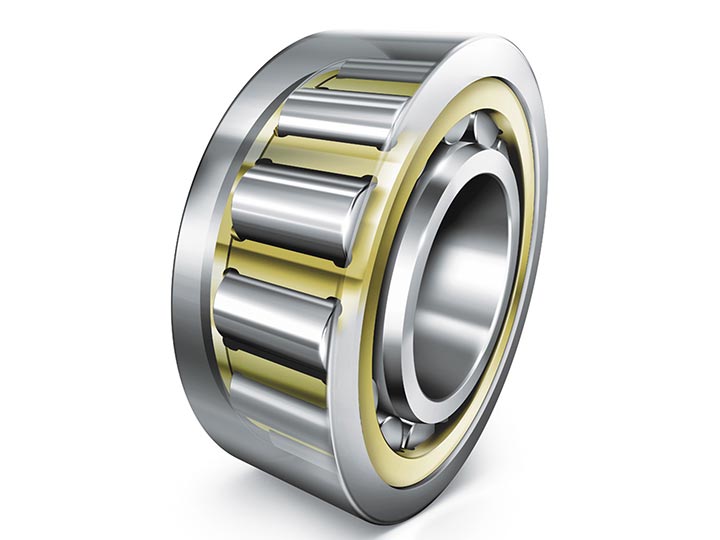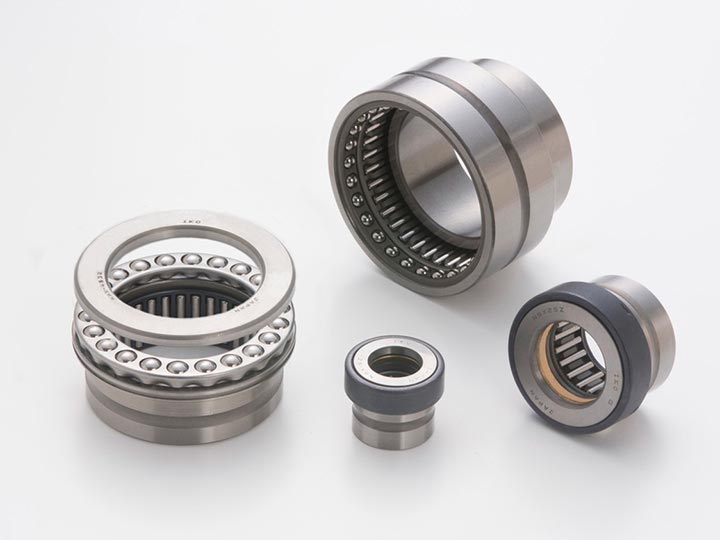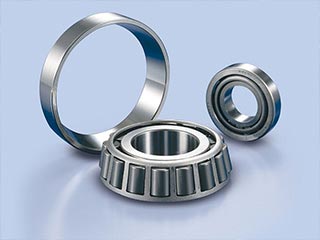Products
News
- How to do foreign trade network marketing more effectively? You need to know these key points
- How to locate regional words and precise words when optimizing keyword rankings
- Five factors of how to improve SEO keywords in website keyword SEO optimization
- When enterprises are doing SEO optimization, what should they pay attention to in addition to the optimization details inside and outside the site?
- How can we improve the user experience of the website?
Contact Us
E-mail:admin@mrtheme.com
Mobile:13588881111
Tel:400-888-8888
Address:Changzhou Hengshanqiao Shengzhuang Industrial Park
Products Show
Price:109
Classification:Class1
Model:K02
Size:100*52
The early form of linear motion bearing is to place a row of wooden rods under a row of skids. Modern linear motion bearings use the same working principle, but sometimes use balls instead of rollers. The simplest rotary bearing is the bush bearing, which is just a bushing sandwiched between the whe
The early form of linear motion bearing is to place a row of wooden rods under a row of skids. Modern linear motion bearings use the same working principle, but sometimes use balls instead of rollers. The simplest rotary bearing is the bush bearing, which is just a bushing sandwiched between the wheel and the axle. This design was subsequently replaced by rolling bearings, which replaced the original bushing with many cylindrical rollers, each like a separate wheel.
An early example of a ball bearing was found on an ancient Roman ship built in 40 BC at Lake Nami, Italy: a wooden ball bearing was used to support a rotating table top. Leonardo da Vinci is said to have described a ball bearing around 1500. Among the various immature factors of ball bearings, a very important point is that there will be collisions between the balls, causing additional friction. But this can be prevented by placing the balls in small cages. In the 17th century, Galileo made the earliest description of the "cage ball" ball bearing. At the end of the seventeenth century, C. Vallo in the United Kingdom designed and manufactured ball bearings, which were installed on the mail car for trial use, and P. Worth in the United Kingdom obtained a patent for ball bearings. The earliest practical rolling bearing with a cage was invented by watchmaker John Harrison in 1760 for the production of the H3 chronograph. At the end of the eighteenth century, H.R. Hertz of Germany published a paper on the contact stress of ball bearings. On the basis of Hertz's achievements, R. Striebeck of Germany, A. Palmgren of Sweden and others have carried out a large number of experiments, which have contributed to the development of the design theory and fatigue life calculation of rolling bearings. Subsequently, N.P. Petrov of Russia applied Newton's law of viscosity to calculate bearing friction. The first patent for a ball channel was obtained by Philip Vaughan of Carmarthen in 1794.
In 1883, Friedrich Fischer proposed the idea of using suitable production machines to grind steel balls of the same size and accurate roundness, laying the foundation for the bearing industry. British O. Reynolds made a mathematical analysis of Thor's discovery and derived the Reynolds equation, which laid the foundation for the theory of hydrodynamic lubrication.
- Pre:Products Show
- Next:No More












